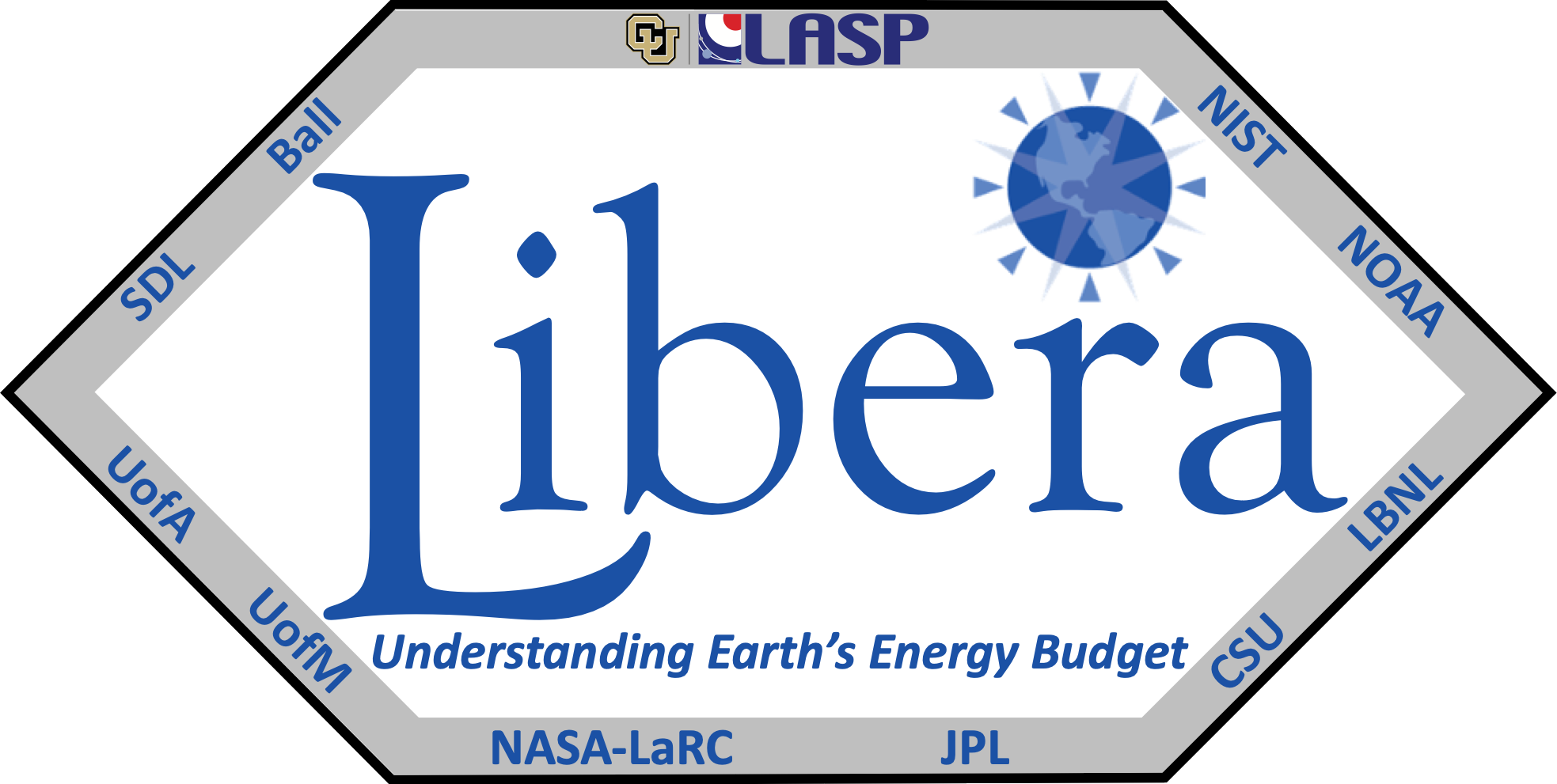Build and Release#
Our release pipeline is an automated process that allows us to build and release the libera-utils package in a
consistent manner whenever tags are pushed to the repo. When a tag is pushed, the CI/CD pipeline will automatically
build the package and upload it to PyPI with the version number specified in the pyproject.toml file.
Note: The version number in pyproject.toml is the source of truth for the version of the package, not the tag
text. The tag text is used to trigger the CI/CD pipeline, but the version number in pyproject.toml is what is used
when building and publishing the package to PyPI. The convention is to use the tag text as the version number for
consistency.
Release Process for Major and (Usually) Minor Releases#
Every PR (with a few exceptions) should include a version bump to the package and an update in to doc/source/changelog.md.
When a PR is merged, the version should already be updated. Once a PR is merged, one of the lead developers is
responsible for tagging the commit in main and pushing the tag to trigger the CI pipeline that pushes the release to PyPI.
To tag a commit and push the tag, use an “annotated” tag as follows:
git tag -a X.Y.Z -m "version release X.Y.Z" # -a indicates annotated, -m is the annotation message
git push origin X.Y.Z
Release Process for Pre-Releases and Testing in Dependent Packages#
Note: This should rarely be necessary. See testing.md for how to test other packages against a specific
commit hash of Libera Utils without using a pre-release on PyPI.
In your working branch, bump the version of the package to the next pre-release version (e.g.
X.Y.Zrc1) by editingpyproject.toml. Make sure that the version you are specifying doesn’t already exist in PyPI.Commit the version change.
Tag your working branch with the pre-release version, e.g.
X.Y.Zrc1, and push the tag upstream. This will trigger the automatic build and publish by Jenkins.git tag -a X.Y.Zrc1 -m "pre-release X.Y.Zrc1" git push origin X.Y.Zrc1
